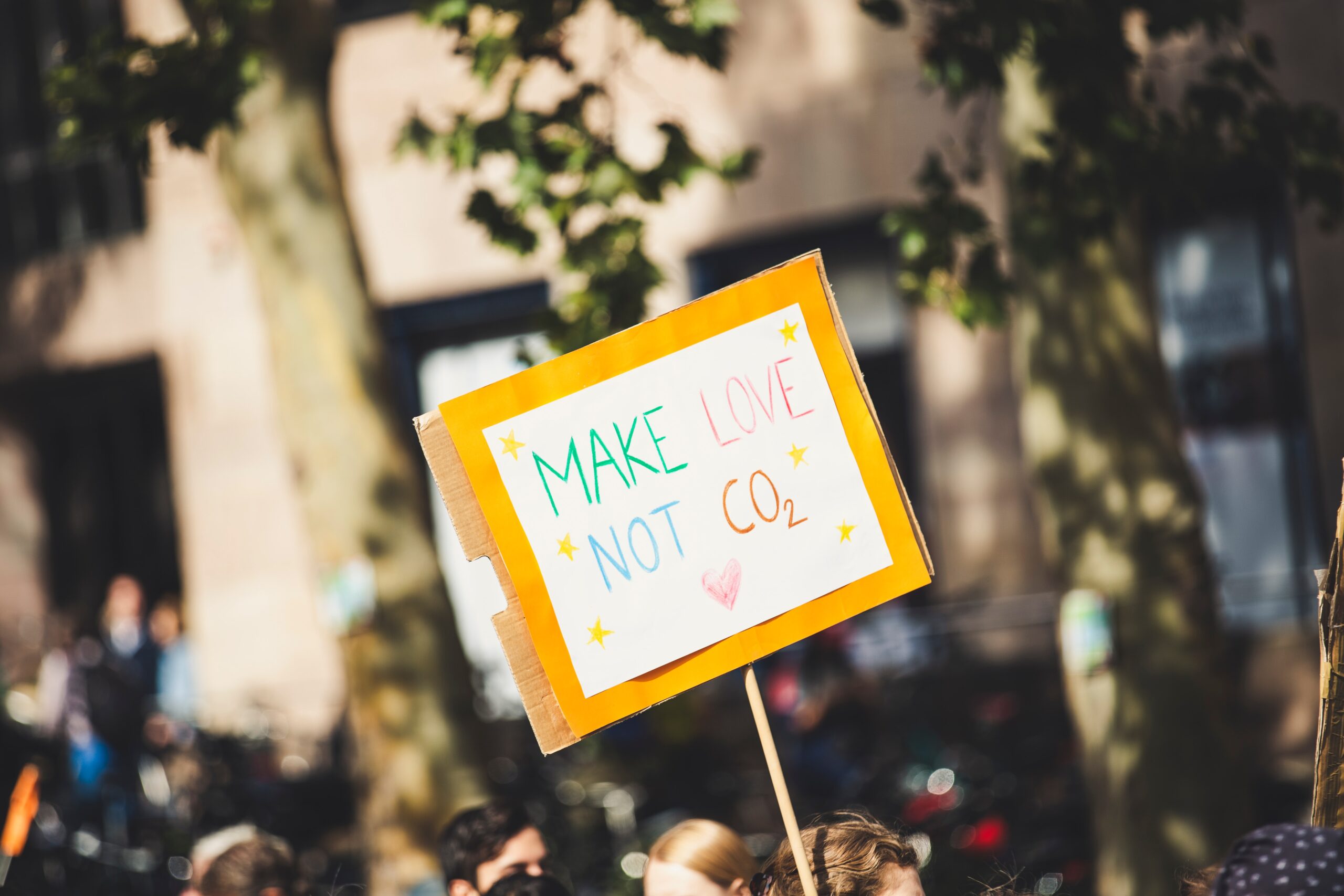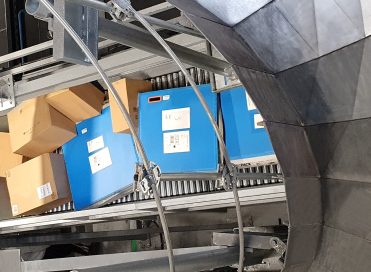CO2 emissions are considered an important parameter in the fight against global warming. Why is that? And why is this an essential driver for our xpacks? The Fraunhofer Institute examined the environmental impact of our reusable packaging – these are the results.
According to the Intergovernmental Panel on Climate Change (IPCC), climate change is happening faster and with more severe consequences than previously assumed. Due to global warming, extreme weather events such as forest fires, storms or flood disasters are becoming more frequent. Recently, Germany has also been affected. The latest IPCC report proves that these climatic changes are human made. How? Trace gases such as carbon dioxide or methane, together with water vapor, normally provide a natural greenhouse effect, keeping our planet at 1.5 degrees Celsius. But the way we live today has thrown this out of balance and is causing global temperatures to rise.
According to the IPCC, the earth has warmed by 1 degree since the beginning of industrialization. To avert negative consequences in time, the Paris Climate Agreement aims to limit global warming to 1.5 degrees. Why are CO2 emissions the focus here? They are considered to be the lever on which we as humans can act most effectively. And that is precisely why this parameter was examined more closely for our xpacks.
The basics of the study: This is what was looked at
The Fraunhofer Institute analyzed whether our reusable packaging is actually more climate-friendly than single-use cardboard boxes in a comparative CO2* balance. For this purpose, the ecological burdens of the individual production, transport and disposal processes were examined. A distinction was made between B2B and B2C scenarios.
The difference: In B2B, it was assumed that there are largely no empty shipping runs, as there is normally two-way commuter traffic between companies. In the B2C scenario, on the other hand, end customers return empty packaging, so this transport route may not be optimally utilized. However, it should be emphasized that especially in the clothing sector there are many product returns from end customers. In these cases, the xpacks are returned with the respective product inside, so there is no empty run.
The result: reusable is more climate-friendly than disposable
- The main drivers of CO2 emissions for single-use cartons are the production and disposal/recycling processes. At 2.875 kg CO2 in total, these are 20 times higher than the 0.15 kg of CO2 emitted in transport.
- In the case of reusable packaging, the number of circulations has the greatest influence on CO2 emissions. An increase from five to ten circulations reduces the CO2 values by about 40 percent. With 30 circulations this is reduced by about 70 percent.
Overall, xpacks have significantly lower CO2 emissions compared to disposable packaging in all scenarios. If production, transport and disposal processes are considered, the CO2 emissions for five cycles of reusable packaging are about 25 percent lower than for cardboard packaging. With 30 cycles, a weight-optimized xpack and a network of xpack depots, the figures are 85 percent lower than for cardboard packaging.
That’s why our mission is to make reuse as easy as disposal to avoid bothsave CO2 and waste.
*For simplification, the term CO2 is used here. For the sake of completeness, it should read CO2 equivalent (CO2e), as the study takes into account other greenhouse gases such as methane and nitrous oxide and assigns them equivalent CO2 values.
Photo by Markus Spiske on Unsplash






